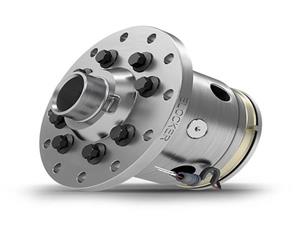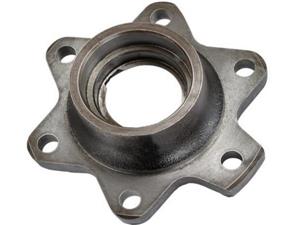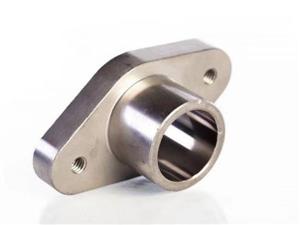Difficulties encountered in the process of testing large steel castings
Nowadays, cast steel products are more concerned in social development, and they are also relatively typical material products. They are also the main development direction of large steel foundries. What will happen to steel castings in the process of production and testing? What about the situation?
In the process of testing steel castings, there will be some points that are difficult to detect, and the common ones are poor ultrasonic penetration, more interference clutter, coupling conditions on the surface of castings, and difficult quantification of defects, etc. The poor penetration just mentioned means that the coarse grain and uneven structure will enhance the scattering of ultrasonic waves. Such attenuation is relatively large, and the thickness that can be detected will be much smaller than that of the previous forging.
There are many interference clutters because when the steel castings are unevenly distributed and not dense or when they scatter at the interface with coarse grains, the scattered signal is relatively large and is also received by the probe, which will directly form clutter. The rough surface of steel castings will also form clutter to the reflection of ultrasound.
The surface of steel castings is rough, not suitable for acoustic coupling, and the hardness is relatively high, so it will be very difficult to polish. However, it is difficult to quantify defects because steel castings have a large attenuation of sound waves, so the shape of defects formed is also very complicated. If artificial defects are used as a benchmark, the error is still relatively large.
Now many people have understood the difficulties in testing steel castings, so try to avoid these problems in production to ensure customers' purchase and product quality requirements.





